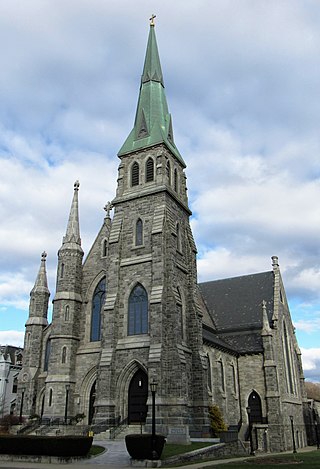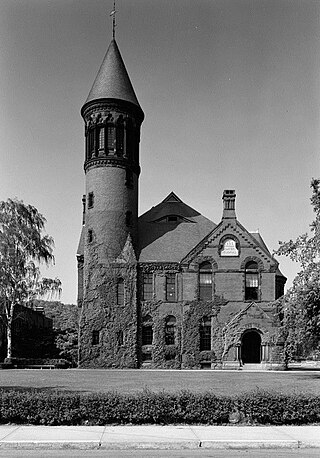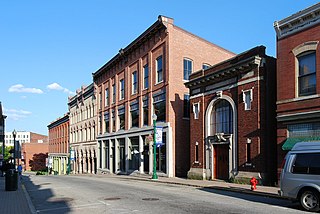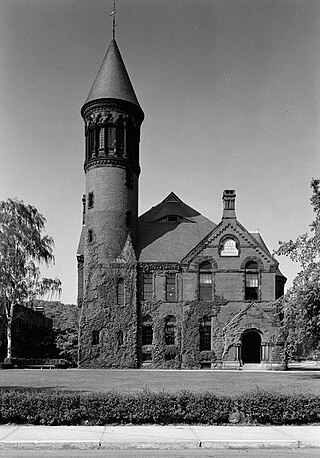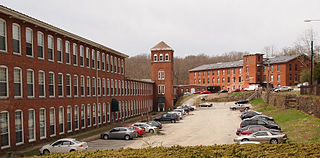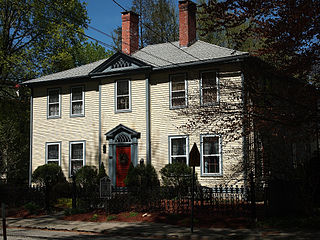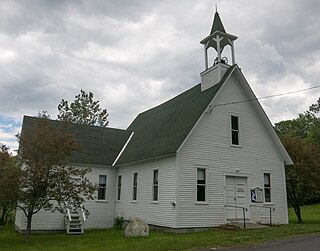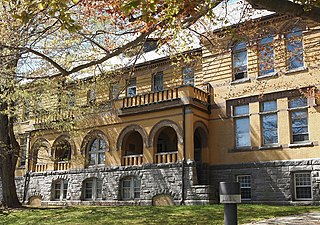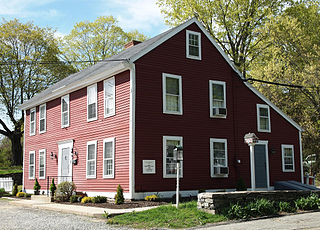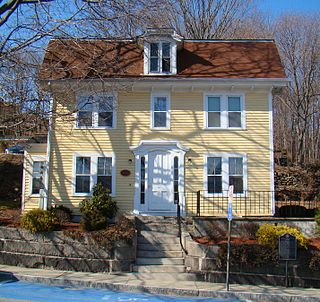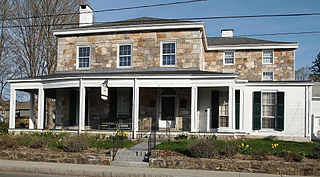14 Sights in Norwich, United States (with Map and Images)
Legend
Welcome to your journey through the most beautiful sights in Norwich, United States! Whether you want to discover the city's historical treasures or experience its modern highlights, you'll find everything your heart desires here. Be inspired by our selection and plan your unforgettable adventure in Norwich. Dive into the diversity of this fascinating city and discover everything it has to offer.
Sightseeing Tours in NorwichActivities in Norwich1. Cathedral of Saint Patrick
The Cathedral of Saint Patrick in Norwich is a cathedral of the Roman Catholic Church located in Norwich, Connecticut. It is the mother church of the Diocese of Norwich and is the seat of its prelate bishop.
Wikipedia: Cathedral of Saint Patrick (Norwich, Connecticut) (EN), Website, Heritage Website
2. John F. Slater Memorial Museum
The J. F. Slater Memorial Museum, also known as Slater Memorial Museum, is a historic building and art museum on the grounds of the Norwich Free Academy in Norwich, Connecticut, built in 1885 and dedicated in 1886. It is designed in Richardsonian Romanesque architecture and is said to be the finest work of architect Stephen C. Earle.
3. Greeneville Historic District
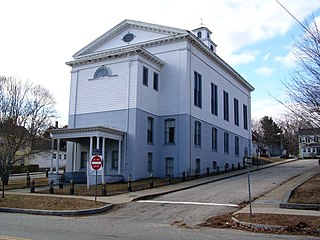
Greeneville is a neighborhood of the city of Norwich, Connecticut, located northeast of downtown Norwich along the west bank of the Shetucket River. Most of the neighborhood is designated Greeneville Historic District, a historic district that is listed on the National Register of Historic Places.
Wikipedia: Greeneville (Norwich, Connecticut) (EN), Heritage Website
4. Downtown Norwich Historic District
The Downtown Norwich Historic District is a historic district representing the core of the downtown area of the city of Norwich, Connecticut in the United States. It was listed on the National Register of Historic Places in 1985. It includes 115 contributing buildings and one other contributing structure over a 64-acre (26 ha) area. Several buildings in the historic district are also individually listed on the National Register, including the Norwich Town Hall, the Telephone Exchange Building and the Carroll Building.
Wikipedia: Downtown Norwich Historic District (EN), Heritage Website
5. Chelsea Parade Historic District
The Chelsea Parade Historic District encompasses a predominantly residential area north of downtown Norwich. Centered around the Chelsea Parade, a triangular public park, the area has long been a preferred residential area for the city's upper classes, and includes a catalog of architecture from the 18th to 20th centuries. It includes 565 contributing buildings, two other contributing sites, and six contributing objects over an area of 205 acres (83 ha). The district was listed on the National Register of Historic Places in 1989.
Wikipedia: Chelsea Parade Historic District (EN), Heritage Website
6. Yantic Falls Historic District
The Yantic Falls Historic District encompasses a historic mill and associated worker housing on Yantic Street in Norwich, Connecticut. The 10-acre (4.0 ha) area includes a complex of mill buildings, mainly built in brick, and mill worker housing, also out of brick. The area's industrial history dates to the early 19th century. The district was listed on the National Register of Historic Places on June 28, 1972.
Wikipedia: Yantic Falls Historic District (EN), Heritage Website
7. Little Plain Historic District
The Little Plain Historic District is a predominantly residential historic district located in Norwich, Connecticut. When originally listed in 1970, it was centered on Little Plain Park, located about halfway between modern downtown Norwich and the Norwichtown green, the colonial center of the town. From the late 18th century onward this area became a desirable and fashionable area to live, as it was closer to the growing port area of the city. The area was mostly built out by about 1875, and features a rich concentration of Greek Revival, Gothic Revival and Italianate houses, although older and later styles are also represented. The district was listed on the National Register of Historic Places in 1970 and enlarged in 1987. The 1987 enlargement expanded the district southward along Union Street and Broadway, to abut the Downtown Norwich Historic District, and increased the district's size from 30 acres (12 ha) to 38.8 acres (15.7 ha).
Wikipedia: Little Plain Historic District (EN), Heritage Website
8. Beaver Meadow Union Chapel
The Beaver Meadow Union Chapel, now also known as the West Norwich Union Church, is a historic church on the north side of Beaver Meadow Road in Norwich, Vermont. Built in 1915, it is a well-preserved example of vernacular ecclesiastical architecture of the period. It is of national significance as the origin point of the Home Prayers program, essentially a mail-order ministry inspired by the catalogs of Sears, Roebuck. The building was listed on the National Register of Historic Places in 1995.
Wikipedia: Beaver Meadow Union Chapel (EN), Website, Heritage Website
9. Broad Street School
The Broad Street School is a historic former school building at 100 Broad Street in Norwich, Connecticut. The school was designed by New York City architect Wilson Potter and built in 1897. It is a well-executed and well-preserved example of Romanesque styling, and was the largest school built as part of a major construction program by the city. The schoolhouse was listed on the National Register of Historic Places on January 19, 1984. It has been converted to residential use.
10. Bean Hill Historic District
The Bean Hill Historic District is a historic district in Norwich, Connecticut that was listed on the National Register of Historic Places in 1982. It consists of a well-preserved collection of buildings focused on the Bean Hill Green, which capture the 19th-century period when Bean Hill was a local center for manufacturing and commercial activity. The district is located in the vicinity of West Town Street between I-395 and Connecticut Avenue, and also extends northeast along Huntington Avenue to include properties further beyond Bean Hill Plain. The district is about 22 acres (8.9 ha) in size, with 23 contributing buildings.
Wikipedia: Bean Hill Historic District (EN), Heritage Website
11. Jail Hill Historic District
The Jail Hill Historic District encompasses a 19th-century working-class residential district in Norwich, Connecticut. Located on a steep hill overlooking downtown Norwich, it was populated first by African Americans, and then by Irish immigrants. Some early African-American residents played significant roles in bringing expanded rights and education to others. The district was added to the National Register of Historic Places on April 19, 1999.
Wikipedia: Jail Hill Historic District (EN), Heritage Website
12. Saint Marys Roman Catholic Church
St. Mary Church is one of two constituent Roman Catholic parish churches in Norwich, CT, USA. Along with Saints Peter and Paul Church, the two parishes represent the Joint Norwich Catholic Cluster. Fr. Robert Washabaugh administer each parish, along with associate deacons and staff.
Wikipedia: St. Mary's Church (Norwich, Connecticut) (EN), Website
13. Perkins-Rockwell House
The Perkins-Rockwell House is a historic house museum at 42 Rockwell Street in Norwich, Connecticut. Built in 1818, it is locally distinctive as a well-preserved stone house of the Federal period, and for its association with the locally prominent Perkins and Rockwell families; this house was home to John A. Rockwell, a prominent local lawyer who married into the Perkins family, and also served as a member of Congress. The house was listed on the National Register of Historic Places on October 17, 1985. The house is currently owned by the Faith Trumbull Chapter of the Daughters of the American Revolution (DAR), along with the adjacent Nathaniel Backus House.
Wikipedia: Perkins-Rockwell House (EN), Website, Heritage Website
14. Laurel Hill Historic District
The Laurel Hill Historic District is a predominantly residential historic district south of downtown Norwich, Connecticut. The district was added to the National Register of Historic Places on October 26, 1987. It extends south from the Shetucket River along Laurel Hill Avenue, River Avenue, and Spruce Street. This area was developed as a residential district beginning in 1850, and includes a significant number of well-preserved Italianate and Gothic Revival houses.
Wikipedia: Laurel Hill Historic District (EN), Heritage Website
Share
Disclaimer Please be aware of your surroundings and do not enter private property. We are not liable for any damages that occur during the tours.
